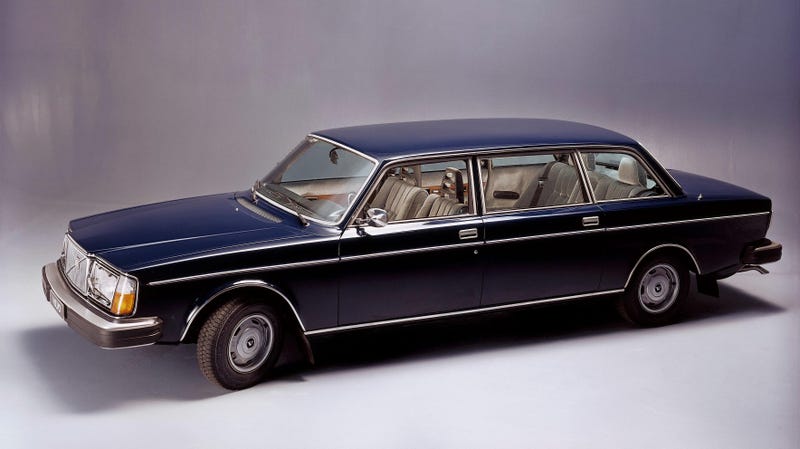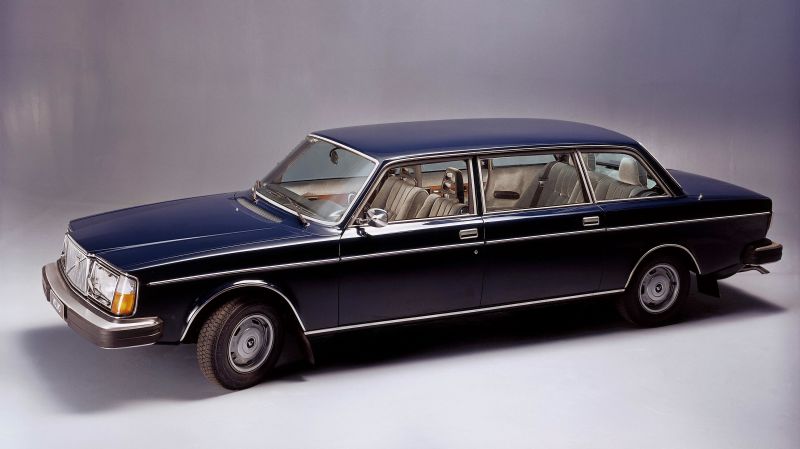
Volvo’s legendary 240-series sedan and wagon are far better known as rusty suburban dailies for high school kids than they are for ferrying statesmen around, but, with Bertone’s help, the venerable 240 didn’t just become the chopped down 262C coupe for buyers like David Bowie. It also became the 264 TE stretched limousine, whose buyers arguably loomed even larger over Berlin than Ziggy Stardust himself.
East German leadership, all the way up to Erich Honecker at the top, considered West German luxury cars unfit for use in the GDR but also preferred to distance themselves from the rest of the ZIL and Chaika-driving Eastern Bloc. To that end, East German leadership could usually be found in the back seat of a Bertone-built Volvo 264 TE, though they did have a stretched Citroen CX or two as well.

The cars became so closely associated with the inner cadre of the East German Communist Party that Wandlitz, the Berlin suburb where many of the GDR’s leadership class lived, became known as Volvograd. At the fall of the Berlin Wall in 1989, the Volvos had become such a symbol of the excess and corruption of the East German government class that reporting in the New York Times on the collapse of the socialist state mentioned the Volvo limousines multipletimes.
Advertisement

The cars themselves were essentially just modified versions of the standard Volvo 264, which featured the widely-used PRV V6 under the hood. The 264 TE was lengthened 70 centimeters in comparison with the standard 264 and could seat six to the standard car’s four seats.
Advertisement
Similar to the 264 TE is the Volvo 245T, which introduced a similar lengthened body to the 245 wagon. Though the GDR governmental fleet did apparently have some of these cars, most were used as airport taxis as they could fit both excess luggage and additional passengers.
Advertisement
Carrozzeria Bertone’s relationship with Volvo is a surprisingly long and eventful one. The 262C, its 780 successor, and the 264 TE aren’t the only models Bertone designed for the Swedish carmaker. At their behest, Bertone designed a radically angular hatchback called the Tundra in 1979, but the design was considered too ground-breaking to end up in production at Volvo. Citroen, on the other hand, considered the shape just groundbreaking enough.














